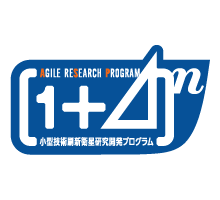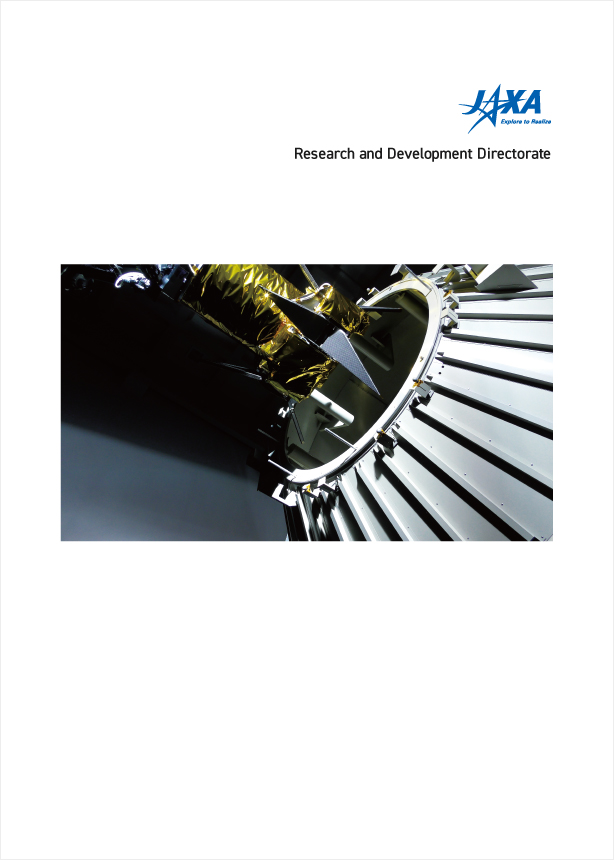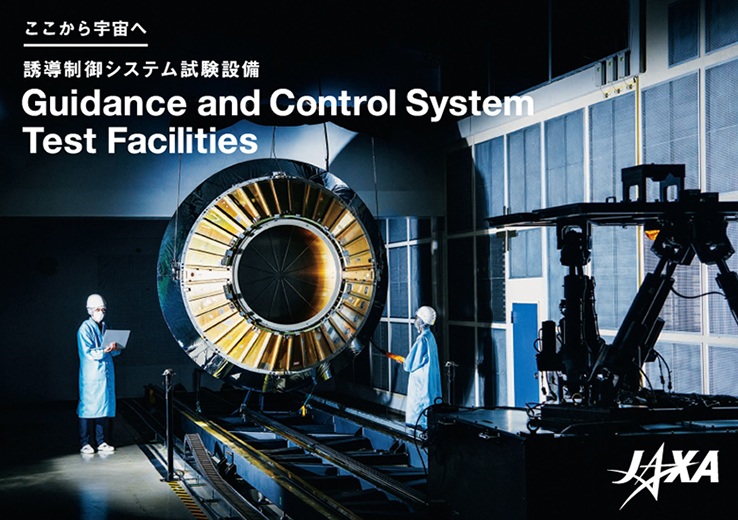Overview of research
The last step of the space debris removal sequence sees debris being deorbited using a propulsion system. This section describes the research into a propulsion system that can be used for this orbit transfer. Efficiently improving the orbital environment will need to remove as much large debris as possible, and the removal system should be simple. Therefore, the propulsion system also needs to be efficient.
The first candidate for a debris removal propulsion system is electric propulsion, which is becoming popular because it is highly efficient. Electric propulsion generates thrust using electric or electromagnetic force. Although the thrust of electric propulsion is smaller than that of chemical propulsion, its exhaust velocity is much higher, so electric propulsion can provide a larger impulse with lower propellant consumption over a longer period of operation. The ion engines used in the asteroid explorers Hayabusa and Hayabusa2 and in the Super Low Altitude Test Satellite Tsubame are typical examples.
We are studying which type of thruster is most suitable for debris removal, and we think that the Hall-effect thruster, also under development in the Engineering Test Satellite 9 (ETS-9) project, is the leading candidate to achieve longer operating life at lower cost. Figure 1 shows a Hall-effect thruster experiment conducted in a space chamber.
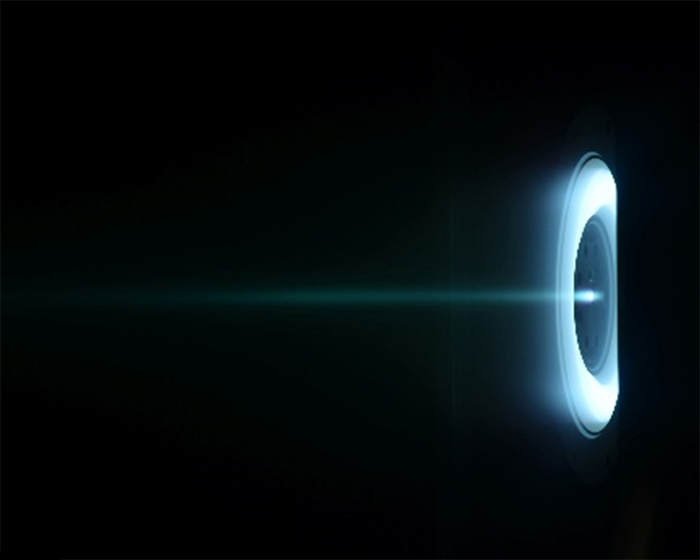
The electrodynamic tether (EDT) is another candidate. The EDT is a unique space propulsion that utilizes the interaction between the geomagnetic field and electric current flowing through a long conductive tether, so it needs no propellant to generate thrust (Fig. 2). We are conducting research on the essential technologies required for an effective EDT system by utilizing experience gained from the KITE on-orbit experiment conducted on the HTV-6 in 2017.
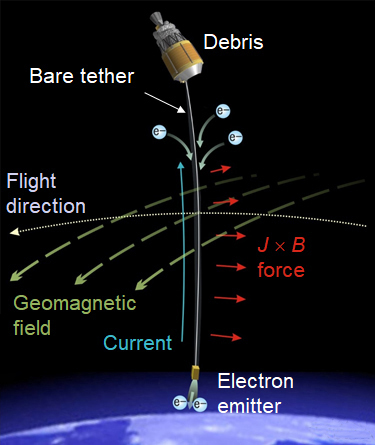
The propulsion systems above are important not only in the removal of existing space debris, but also for the post-mission disposal (PMD) of spacecraft after their own mission is over. For instance, under our collaborative partnership program (J-SPARC), we are working with a private company to demonstrate the feasibility of PMD devices using the EDT.
Research achievements
Publications
- T. Morishita, R. Tsukizaki, et al., “Effect of nozzle magnetic field on microwave discharge cathode performance,” Acta Astronautica, 2019, DOI: 10.1016/j.actaastro.2019.08.025.
- S. Cho, H, Watanabe, et al. “R&D of 1kW class Hall effect thruster for space debris removal and SLATS successors,” Space Propulsion Symposium, 2020, STEP-2019-044 (in Japanese).
- Y. Ohkawa, S. Kawamoto, et al., “Review of KITE-Electrodynamic Tether Experiment on HTV-6 -,” Acta Astronautica, 2020, DOI: 10.1016/j.actaastro.2020.03.014.
- T. Sato, S. Kawamoto, et al., “Performance of EDT system for deorbit devices using new materials,” Acta Astronautica, 2020, DOI: 10.1016/j.actaastro.2020.01.029.
- Y. Ohkawa, T. Okumura, et al., “Charging Behavior of the H-II Transfer Vehicle by Active Electron Emission,” IEEE Transactions on Plasma Science, 2019, DOI: 10.1109/TPS.2019.2915819.
- T. Okumura, D. Tsujita, et al., “Observation of Electron Density Depletion Due to Maneuver Operation of H-II Transfer Vehicle,” Journal of Geophysical Research, 2019, DOI: 10.1029/2018JA026233.



